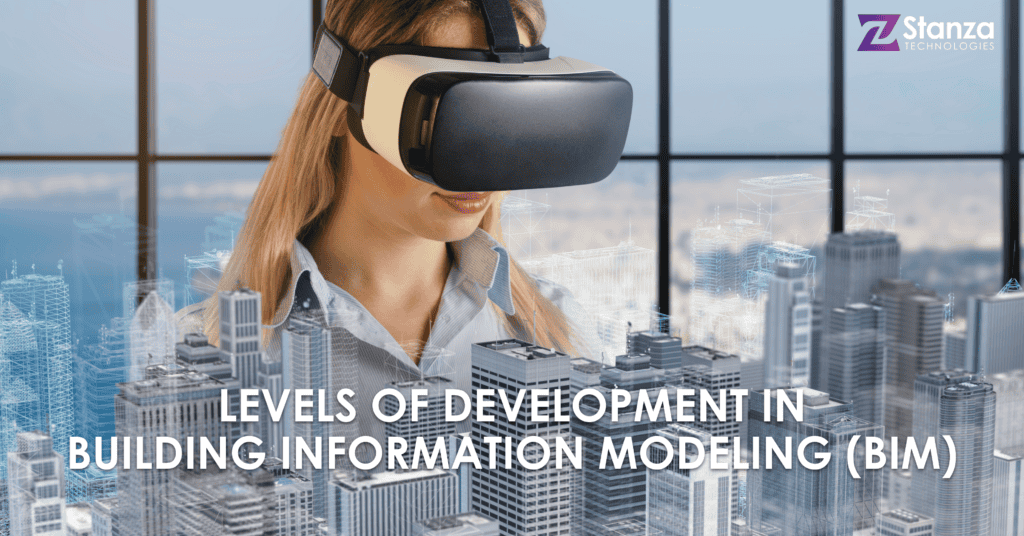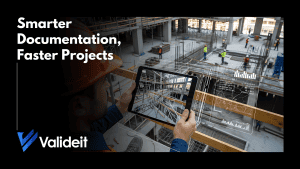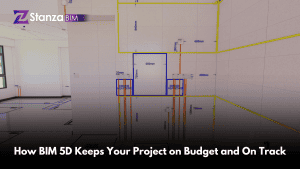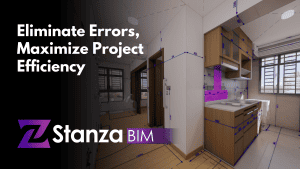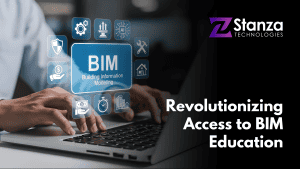What are the Levels of Development in BIM? How does it help the built industry? Discover how the built environment industry uses Levels of Development to provide more accurate execution.
Level of development (LOD) in Building Information Modeling (BIM) is a group of specifications that supports professionals in the AEC industry to have the power to modify levels of refinement for BIM content effectively. By using LOD specifications, the built industry can collaborate and execute plans with great accuracy.
In today’s context, there are six levels of development that are defined. Levels of development outline design requirements at each stage.

LOD 100 – a pre-designed stage where models consist of 2D symbols and the masses to indicate element’s existence. (A pre-designed stage where 2D symbols are developed to represent information on a basic level showing only conceptual model creation possible in this stage.)
LOD 200 – a general model where elements are modeled with estimated shape, size, orientation, and location.
LOD 300 – the model element is graphically represented in the model as a specific system, assembly, or object in terms of size, shape, location, and quantity.
LOD 350 – includes model details and elements that represents building elements interface with various systems and other building elements with graphics and written definitions
LOD 400 – model outlines with complete fabrication, assembly, and detailing information. In addition, it has precise quantity, size, shape, location, and orientation.
LOD 500 – the model commence representing the real-life functions of elements in a real building. In addition to accurate size, shape, location, quantity, and orientation.
